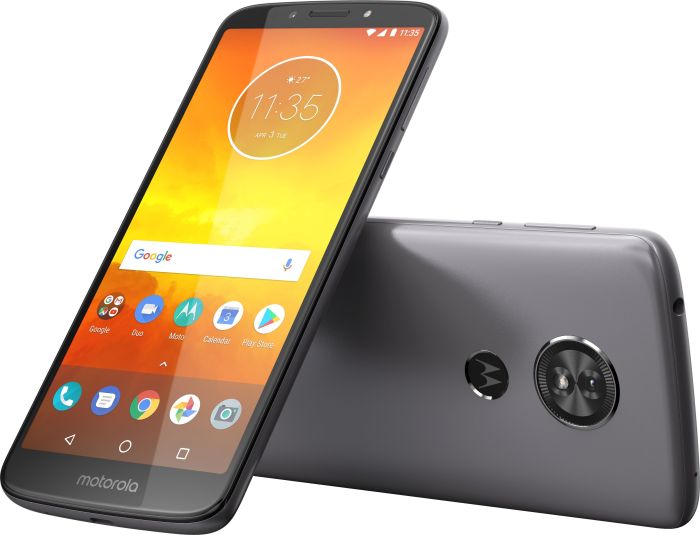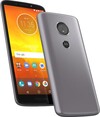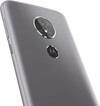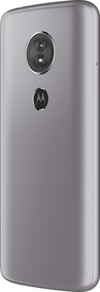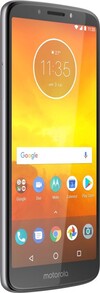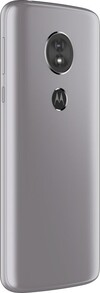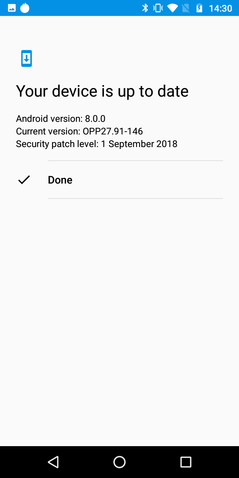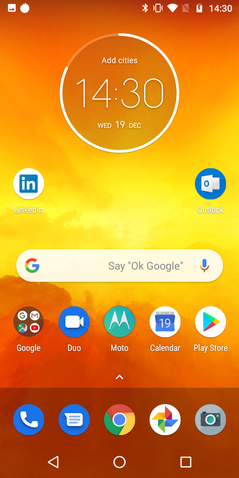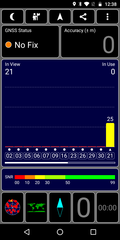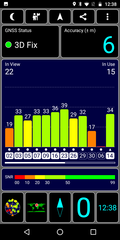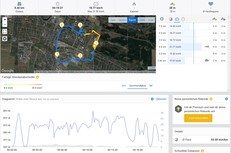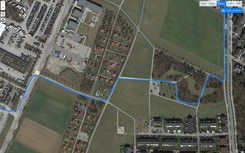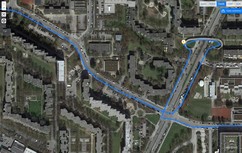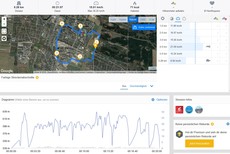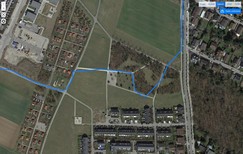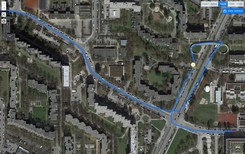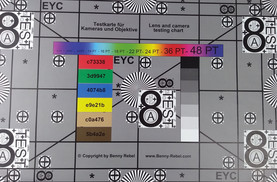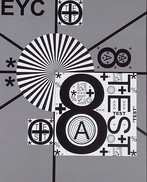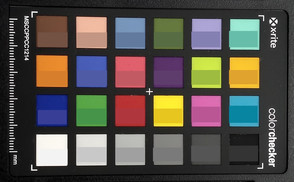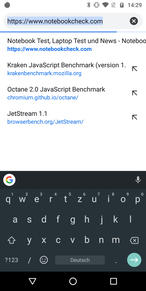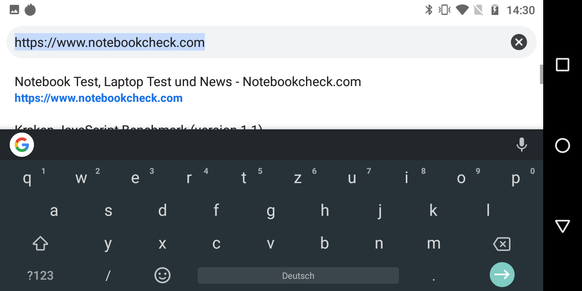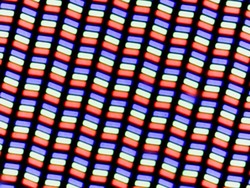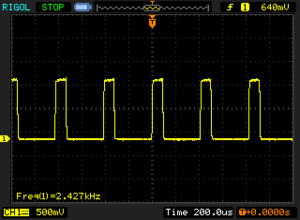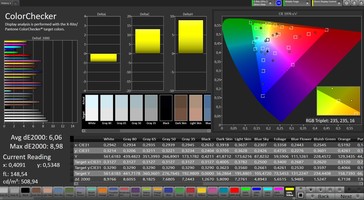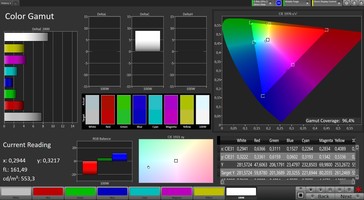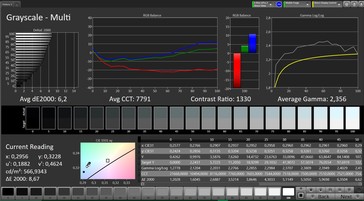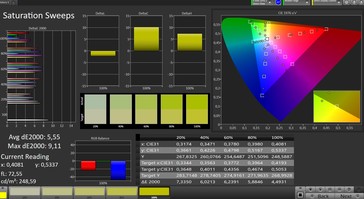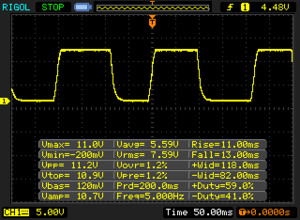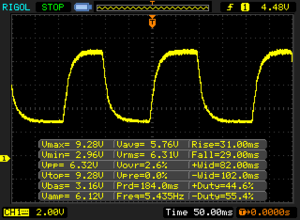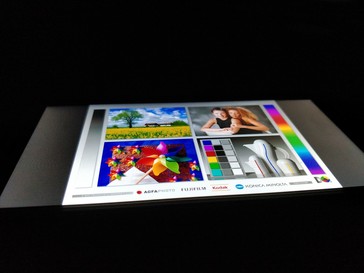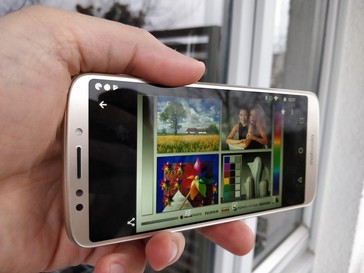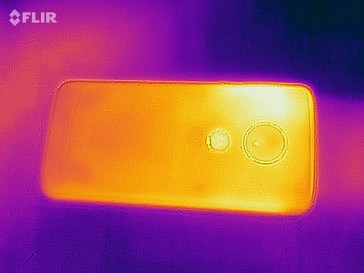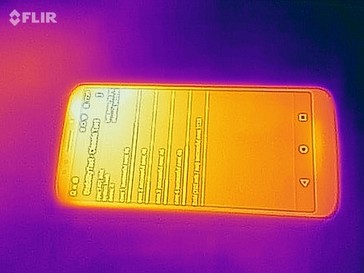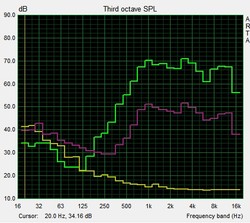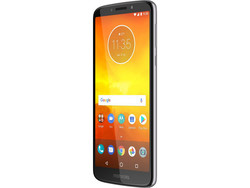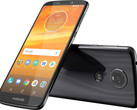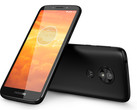Motorola Moto E5 Smartphone Review
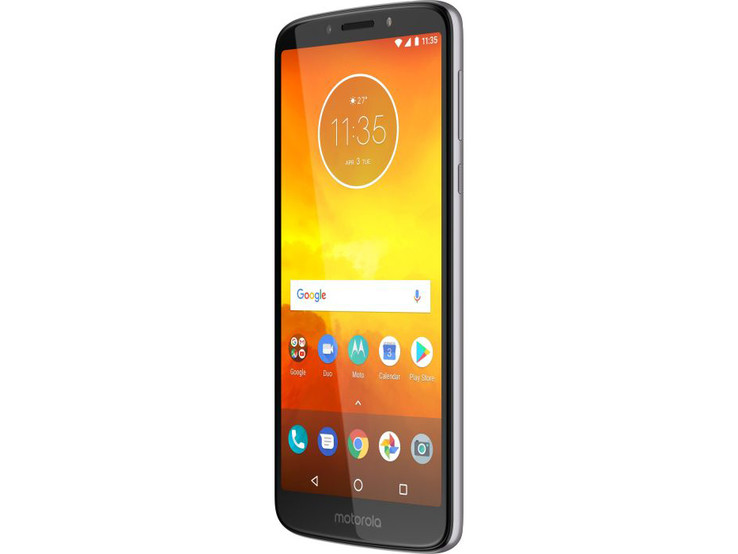
For years, Motorola smartphones have been convincing with a fairly pure Android and a design that is still quite distinct. More extraordinary ideas, such as the plug-in expansion modules of the Moto-Z series, are also permitted at Motorola. The affordable Moto E series has been rather basic from the beginning, but there can be some surprises from time to time, such as being able to replace the battery in the Moto E4.
While this is already history with the current generation, the Moto E5, perhaps the ample capacity of the battery offering 4000 mAh can make up for it. In addition, the Moto E5 offers a large display diagonal and has reduced the large bezels of the predecessor. This results in a quite attractive design that still stands out on its own.
In our test, we evaluate the additional changes from the Moto E4 predecessor, and also what the differences are to the Moto E5 Plus that we already tested. Of course, we also include devices from other manufacturers, and the comparison to the Xiaomi Redmi 6 and BQ Aquaris C is supposed to show whether the Moto E5 can also convince compared to other devices from its price class.
Case – Design progress compared to the Moto E4
In terms of case design, the progress compared to the Moto E4 is clearly visible. The bezels above and below the screen have clearly become smaller. One reason for this is the fact that Motorola has moved the fingerprint sensor to the back of the device. Since you cannot remove the back of the case anymore in the Moto E5, its design is also more uniform. The round camera module is still there, and the round Motorola symbol is now also the fingerprint reader.
With gray and gold, there are again two classic color variants. Both appear quite restrained in terms of their colors and are also suitable for more formal surroundings. The Moto E5 is significantly taller than its predecessor, but its width is even slightly slimmer. It is also easy to hold if you have smaller hands, while still offering more screen real-estate.
At 174 grams (~6.1 oz), the Moto E5 is no light weight but feels good in the hand overall. You have to push on the back really hard to see a reaction in the screen, but it is possible if you push hard enough. In the front, medium pressure is sufficient, and you can hear how the protective glass touches the actual screen and then separates again. Twisting and creaking are not an issue with the Motorola Moto E5.
Equipment – Connections typical for the price class
The predecessor also offered 16 GB of storage and 2 GB of RAM, which is the usual equipment in this price class. The microSD card reader accepts cards up to 128 GB, and you can even use the microSD in addition to the two SIM-card slots. The card can be formatted as internal or external storage, but you cannot move apps onto it.
There is a microUSB port with USB-2.0 speed at the bottom of the case. While a USB-C port would have been nice, it is not really standard in this price class.
Software – Motorola Moto E5 with pure Android
As is customary for Motorola, there is a fairly pure Android on the smartphone, with only a few preinstalled apps. The Moto app allows you to control the additional functions of the smartphone and offers information on the storage usage and charging process. The Moto Help app allows a service representative to access the smartphone if you permit it and also offers numerous tools allowing you to check the status of the smartphone.
Version 8.0 of the operating system is installed, and the security patches are on the level of September 2018. This system cannot be called current anymore and an update to Android 9 is also not in sight.
Communication and GPS – Slow WLAN in the E5
Motorola has installed a WLAN module in its smartphone that can access networks in the 802.11 b/g/n standards. This means that the less occupied 5-GHz net cannot be accessed and also that fast networks according to 802.11 ac are also impossible. While this would be unusual in this price class, BQ shows with the Aquaris C that it is possible. In terms of WLAN speeds, the Moto E5 has to be content with a place far in the back, where it is accompanied by the Moto E4 and the Moto E5 Plus. Thus it appears necessary for Motorola to improve the reception and sending performance of the WLAN module in its affordable devices in general.
At least in terms of LTE, a few more networks than the pure minimum are available. However, while the Moto E5 can accompany you into far-away countries, it will often be unable to connect to the LTE net and will only use 3G instead. Inside city environments, the reception is also decent indoors, and we measure three-quarters of the reception inside a building with concrete walls, which is fairly decent.
| Networking | |
| iperf3 transmit AX12 | |
| BQ Aquaris C | |
| Xiaomi Redmi 6 | |
| Lenovo Moto E4 | |
| Motorola Moto E5 Plus | |
| Motorola Moto E5 | |
| iperf3 receive AX12 | |
| BQ Aquaris C | |
| Xiaomi Redmi 6 | |
| Motorola Moto E5 Plus | |
| Lenovo Moto E4 | |
| Motorola Moto E5 | |
In the same building, the GPS module of the Moto E5 is unable to locate us. Outdoors it takes a moment, and then we are located with a good accuracy of six meters (~20 ft).
In our practical test, a bike tour, the Moto E5 does quite well, but it still cuts off significantly more curves than the professional Garmin Edge 520 navigation device. It is also a bit strange that our test unit stops locating us very early, several dozen meters from the end of our route. The side of the road we used can hardly be identified and the smartphone also only approximates our route during the bridge access.
Telephone Functions and Voice Quality – Audible noise
As the telephone app, Google's standard app is used, and Motorola did not make any changes here. The Moto E5 supports VoLTE and VoWi-Fi when the provider supports it.
The voice quality is at an average level: We can hear some noise together with our conversation partner in the earpiece, and our voice is transferred slightly hollow by the microphone. Using the built-in speaker, the clarity of our conversation partner's voice is also mediocre, and what we are saying is mostly transferred clearly, but not in the highest quality.
Cameras – Decent lenses in the Moto E5
With a 13-megapixel camera in the back and a 5-megapixel camera in front, the Motorola Moto E5 is equipped at the level of the price class. The Moto E5 Plus offers slightly less pixels in the main camera but has a laser autofocus for close-up range instead.
The front camera of the Moto E5 takes slightly grainy pictures and cannot necessarily handle bright light either, with all the details getting lost. Overall, the image quality is at the level of the price class, which is not particularly high.
In terms of the colors, the main camera takes decent pictures, but the detail lacks accuracy. Bright areas quickly outshine everything else, and the dynamic is not very high in dark areas either. On the other hand, the image sharpness is at a decent level. The camera is less suited for low-light images; the pictures can easily become blurry and do not appear particularly sharp overall.
Videos can be recorded at a maximum of 1080 p and 30 fps. The sharpness and color reproduction is okay here as well, and the adjustments to changing light conditions happen fairly fast and gradually.
The main camera also has to prove itself in the lab, where we can create controlled light conditions. The image sharpness is decent here, and while the color reproduction slightly deviates from the reference colors most of the time, it still remains at a good level overall.
Accessories and Warranty – Quick-charger included
Besides the quick-charger, the box includes a USB cable, a SIM tool to open the tray, and the usual paperwork. Except for additional chargers, the Motorola website currently does not offer any other accessories.
The manufacturer offers a 24-month warranty for its products. Please see our Guarantees, Return policies and Warranties article for country-specific information.
Input Devices and Operation – Easy operation
The touchscreen of the Moto E5 responds promptly to input and can be operated very well up to the edges. The Android menu keys are displayed as virtual buttons on the screen. The volume rocker and standby button are on the right in the classical arrangement. Both can be reached easily and operate precisely.
Compared to the predecessor, the fingerprint sensor has moved to the back. It is positioned well and unlocks the phone from standby quickly and accurately.
Display – Bright and with a blue tint
At 5.7-inches, the display of the Moto E5 is exactly 0.3-inches smaller than that of the Moto E5 Plus, but it is still slightly larger than those of many other models in this price class. The resolution is at the class level with 1440x720. Due to its 2:1 format, it is slightly too wide for a 16:9 video, so there will be black bars on the left and right of most of the currently available videos.
At an average of 537 cd/m², the brightness is quite respectable, and the black value is also in a good range with 0.37 cd/m², so that dark areas will actually be displayed quite dark.
| |||||||||||||||||||||||||
Brightness Distribution: 86 %
Center on Battery: 567 cd/m²
Contrast: 1532:1 (Black: 0.37 cd/m²)
ΔE ColorChecker Calman: 6.06 | ∀{0.5-29.43 Ø4.77}
ΔE Greyscale Calman: 6.2 | ∀{0.09-98 Ø5}
96.4% sRGB (Calman 2D)
Gamma: 2.356
CCT: 7791 K
| Motorola Moto E5 IPS, 1440x720, 5.7" | Motorola Moto E5 Plus IPS, 1440x720, 6" | Lenovo Moto E4 IPS, 1280x720, 5" | Xiaomi Redmi 6 IPS, 1440x720, 5.5" | BQ Aquaris C IPS, 1440x720, 5.5" | |
|---|---|---|---|---|---|
| Screen | -20% | 3% | -11% | -0% | |
| Brightness middle (cd/m²) | 567 | 518 -9% | 488 -14% | 373 -34% | 623 10% |
| Brightness (cd/m²) | 537 | 481 -10% | 474 -12% | 361 -33% | 608 13% |
| Brightness Distribution (%) | 86 | 87 1% | 87 1% | 94 9% | 91 6% |
| Black Level * (cd/m²) | 0.37 | 0.85 -130% | 0.3 19% | 0.53 -43% | 0.61 -65% |
| Contrast (:1) | 1532 | 609 -60% | 1627 6% | 704 -54% | 1021 -33% |
| Colorchecker dE 2000 * | 6.06 | 4.47 26% | 5.4 11% | 4.22 30% | 4.5 26% |
| Colorchecker dE 2000 max. * | 8.98 | 8.04 10% | 9 -0% | 10.14 -13% | 7.33 18% |
| Greyscale dE 2000 * | 6.2 | 5.4 13% | 5.5 11% | 3.3 47% | 4.8 23% |
| Gamma | 2.356 93% | 2.318 95% | 2.27 97% | 2.321 95% | 2.596 85% |
| CCT | 7791 83% | 7134 91% | 7397 88% | 6862 95% | 7557 86% |
* ... smaller is better
Screen Flickering / PWM (Pulse-Width Modulation)
| Screen flickering / PWM detected | 2427 Hz | ≤ 10 % brightness setting | |
The display backlight flickers at 2427 Hz (worst case, e.g., utilizing PWM) Flickering detected at a brightness setting of 10 % and below. There should be no flickering or PWM above this brightness setting. The frequency of 2427 Hz is quite high, so most users sensitive to PWM should not notice any flickering. In comparison: 53 % of all tested devices do not use PWM to dim the display. If PWM was detected, an average of 8081 (minimum: 5 - maximum: 343500) Hz was measured. | |||
The contrast ratio is a good 1532:1, causing colors to be displayed vibrantly and showing the differences between bright and dark areas to their advantage. However, our good impression of the display is marred by a significant blue tint and a fairly high deviation of the separate colors compared to the reference color space. On the other hand, you can adjust the color reproduction to your own liking in three steps and using two presets.
Display Response Times
| ↔ Response Time Black to White | ||
|---|---|---|
| 24 ms ... rise ↗ and fall ↘ combined | ↗ ms rise | |
| ↘ ms fall | ||
| The screen shows good response rates in our tests, but may be too slow for competitive gamers. In comparison, all tested devices range from 0.1 (minimum) to 240 (maximum) ms. » 53 % of all devices are better. This means that the measured response time is worse than the average of all tested devices (20.2 ms). | ||
| ↔ Response Time 50% Grey to 80% Grey | ||
| 60 ms ... rise ↗ and fall ↘ combined | ↗ ms rise | |
| ↘ ms fall | ||
| The screen shows slow response rates in our tests and will be unsatisfactory for gamers. In comparison, all tested devices range from 0.165 (minimum) to 636 (maximum) ms. » 96 % of all devices are better. This means that the measured response time is worse than the average of all tested devices (31.6 ms). | ||
Performance – Motorola smartphone with entry-level performance
With the Qualcomm Snapdragon 425, the same SoC as found in the Moto E5 Plus is used. Overall, there is hardly any difference in the results either: Sometimes one model is slightly ahead in one benchmark, sometimes the other is ahead in another benchmark. Both models offer the typical performance level for this price class, and the Moto E5 is able to clearly move ahead of the Moto E4, so anyone who likes slightly more performance in a smartphone should prefer the more current model.
| PCMark for Android | |
| Work performance score (sort by value) | |
| Motorola Moto E5 | |
| Motorola Moto E5 Plus | |
| Lenovo Moto E4 | |
| Xiaomi Redmi 6 | |
| BQ Aquaris C | |
| Average Qualcomm Snapdragon 425 (MSM8917) (3681 - 5253, n=17) | |
| Work 2.0 performance score (sort by value) | |
| Motorola Moto E5 | |
| Motorola Moto E5 Plus | |
| Lenovo Moto E4 | |
| Xiaomi Redmi 6 | |
| BQ Aquaris C | |
| Average Qualcomm Snapdragon 425 (MSM8917) (2829 - 3831, n=18) | |
| AnTuTu v7 - Total Score (sort by value) | |
| Motorola Moto E5 | |
| Motorola Moto E5 Plus | |
| Xiaomi Redmi 6 | |
| BQ Aquaris C | |
| Average Qualcomm Snapdragon 425 (MSM8917) (32557 - 46710, n=10) | |
| AnTuTu v6 - Total Score (sort by value) | |
| Motorola Moto E5 | |
| Motorola Moto E5 Plus | |
| Lenovo Moto E4 | |
| Xiaomi Redmi 6 | |
| BQ Aquaris C | |
| Average Qualcomm Snapdragon 425 (MSM8917) (29054 - 39106, n=17) | |
While surfing the Internet, the Moto E5 also performed at class level and faster than its predecessor.
| JetStream 1.1 - Total Score | |
| Xiaomi Redmi 6 (Chrome 70) | |
| Motorola Moto E5 (Chrome 70) | |
| BQ Aquaris C (Chrome 70) | |
| Motorola Moto E5 Plus (Chrome 70) | |
| Average Qualcomm Snapdragon 425 (MSM8917) (15.5 - 18.7, n=16) | |
| Lenovo Moto E4 (Chrome 60) | |
| Octane V2 - Total Score | |
| Average of class Smartphone (2228 - 126661, n=195, last 2 years) | |
| Xiaomi Redmi 6 (Chrome 70) | |
| Motorola Moto E5 Plus (Chrome 70) | |
| Motorola Moto E5 (Chrome 70) | |
| BQ Aquaris C (Chrome 70) | |
| Average Qualcomm Snapdragon 425 (MSM8917) (2411 - 3374, n=17) | |
| Lenovo Moto E4 (Chrome 60) | |
| Mozilla Kraken 1.1 - Total | |
| Lenovo Moto E4 (Chrome 60) | |
| Motorola Moto E5 (Chrome 70) | |
| BQ Aquaris C (Chrome 70) | |
| Average Qualcomm Snapdragon 425 (MSM8917) (10742 - 16192, n=17) | |
| Motorola Moto E5 Plus (Chrome 70) | |
| Xiaomi Redmi 6 (Chrome 70) | |
| Average of class Smartphone (257 - 28190, n=155, last 2 years) | |
* ... smaller is better
Since the Moto E5 only brings 16 GB of storage and the larger flash storage modules are often faster, there is a clear difference in the access rates compared to the Moto E5 Plus with 32 GB of storage. On the other hand, compared to the Moto E4 our test unit is noticeably faster, and overall the Moto E5 does fairly well in the comparison in terms of the storage speed.
The Moto E5 is able to access an inserted microSD card at the expected speed.
| Motorola Moto E5 | Motorola Moto E5 Plus | Lenovo Moto E4 | Xiaomi Redmi 6 | BQ Aquaris C | Average 16 GB eMMC Flash | Average of class Smartphone | |
|---|---|---|---|---|---|---|---|
| AndroBench 3-5 | 43% | -28% | 27% | -17% | -41% | 1474% | |
| Sequential Read 256KB (MB/s) | 274.6 | 248.5 -10% | 187.6 -32% | 287 5% | 275.9 0% | 164.5 ? -40% | 2246 ? 718% |
| Sequential Write 256KB (MB/s) | 47.9 | 137.9 188% | 45.3 -5% | 118.4 147% | 45.7 -5% | 43 ? -10% | 1882 ? 3829% |
| Random Read 4KB (MB/s) | 45.7 | 62.7 37% | 18.7 -59% | 52.5 15% | 39.1 -14% | 21.7 ? -53% | 298 ? 552% |
| Random Write 4KB (MB/s) | 38.6 | 56.1 45% | 29.2 -24% | 36.3 -6% | 9.8 -75% | 8.08 ? -79% | 346 ? 796% |
| Sequential Read 256KB SDCard (MB/s) | 84.4 ? | 83.9 ? -1% | 65.4 -23% | 82.9 ? -2% | 83 ? -2% | 59.1 ? -30% | |
| Sequential Write 256KB SDCard (MB/s) | 61.8 ? | 60.7 ? -2% | 44.9 -27% | 64.4 ? 4% | 59.2 ? -4% | 39.8 ? -36% |
Games – Crashes and stutters
While gaming is quite possible with the Moto E5, since the Qualcomm Adreno 308 graphics unit does not support most of the modern graphic APIs, some games in the Play Store are not displayed because they are unable to run. An example is the Asphalt 9 racing game. Anyone who wants to be able to play games in the future should look for a device that is better equipped, even if they have to pay more for it.
Arena of Valor can run on the device, but we have to register a crash before the game begins and there are also some stutters in the menus. In the middle of the matches, things run fairly smoothly. Using an endless runner such as Temple Run 2, we can easily evaluate the suitability of the touchscreen and position sensor for gaming control. Our result: Control is precise and hardly leaves anything to be desired.
Emissions – The Moto E5 hardly heats up
Temperature
You do not need to expect a lot of heat development in the Moto E5. After an hour of full load, the maximum warming of the case is barely 35.1 °C (~95 °F). During idle operation, we hardly register any warming.
(+) The maximum temperature on the upper side is 35.1 °C / 95 F, compared to the average of 35.2 °C / 95 F, ranging from 21.9 to 247 °C for the class Smartphone.
(+) The bottom heats up to a maximum of 32.9 °C / 91 F, compared to the average of 34 °C / 93 F
(+) In idle usage, the average temperature for the upper side is 29.3 °C / 85 F, compared to the device average of 32.9 °C / 91 F.
Speaker
In contrast to the Moto E4, the speaker in our test unit is now positioned in the ear piece, radiating towards the front. However, it also became a little quieter, but otherwise it shows a fairly balanced sound characteristic just like its predecessor. Only the very high tones are overemphasized slightly.
In practice, the effect we saw in our diagram is hardly noticeable. The sound is fairly balanced and quite good for an affordable smartphone, and there is no distortion. The sound output via 3.5-mm audio connector or via Bluetooth is also good.
Motorola Moto E5 audio analysis
(±) | speaker loudness is average but good (79.4 dB)
Bass 100 - 315 Hz
(-) | nearly no bass - on average 33.4% lower than median
(±) | linearity of bass is average (7.5% delta to prev. frequency)
Mids 400 - 2000 Hz
(±) | reduced mids - on average 5.4% lower than median
(±) | linearity of mids is average (7.6% delta to prev. frequency)
Highs 2 - 16 kHz
(+) | balanced highs - only 2.5% away from median
(+) | highs are linear (5.9% delta to prev. frequency)
Overall 100 - 16.000 Hz
(±) | linearity of overall sound is average (24.8% difference to median)
Compared to same class
» 60% of all tested devices in this class were better, 7% similar, 33% worse
» The best had a delta of 11%, average was 35%, worst was 134%
Compared to all devices tested
» 75% of all tested devices were better, 5% similar, 20% worse
» The best had a delta of 4%, average was 24%, worst was 134%
Lenovo Moto E4 audio analysis
(+) | speakers can play relatively loud (85.6 dB)
Bass 100 - 315 Hz
(-) | nearly no bass - on average 39.8% lower than median
(±) | linearity of bass is average (11% delta to prev. frequency)
Mids 400 - 2000 Hz
(±) | reduced mids - on average 5.1% lower than median
(±) | linearity of mids is average (7.6% delta to prev. frequency)
Highs 2 - 16 kHz
(+) | balanced highs - only 2.4% away from median
(+) | highs are linear (2.1% delta to prev. frequency)
Overall 100 - 16.000 Hz
(±) | linearity of overall sound is average (24.6% difference to median)
Compared to same class
» 59% of all tested devices in this class were better, 7% similar, 34% worse
» The best had a delta of 11%, average was 35%, worst was 134%
Compared to all devices tested
» 74% of all tested devices were better, 6% similar, 20% worse
» The best had a delta of 4%, average was 24%, worst was 134%
Battery Life – Efficient and with good endurance
Power Consumption
In terms of power consumption, like the Moto E5 Plus, the Moto E5 shows itself as quite efficient. However, the Xiaomi Redmi 6 does an even better job here.
| Off / Standby | |
| Idle | |
| Load |
|
Key:
min: | |
| Motorola Moto E5 4000 mAh | Motorola Moto E5 Plus 5000 mAh | Lenovo Moto E4 2800 mAh | Xiaomi Redmi 6 3000 mAh | BQ Aquaris C 3000 mAh | Average Qualcomm Snapdragon 425 (MSM8917) | Average of class Smartphone | |
|---|---|---|---|---|---|---|---|
| Power Consumption | -7% | -14% | 6% | -20% | -37% | -54% | |
| Idle Minimum * (Watt) | 0.8 | 0.9 -13% | 0.87 -9% | 0.6 25% | 0.7 12% | 1.113 ? -39% | 0.847 ? -6% |
| Idle Average * (Watt) | 1.5 | 1.5 -0% | 2.38 -59% | 1.3 13% | 1.9 -27% | 2.19 ? -46% | 1.446 ? 4% |
| Idle Maximum * (Watt) | 1.9 | 2 -5% | 2.47 -30% | 2.1 -11% | 2.5 -32% | 2.55 ? -34% | 1.63 ? 14% |
| Load Average * (Watt) | 3 | 3.2 -7% | 2.63 12% | 3 -0% | 4.1 -37% | 4.32 ? -44% | 6.95 ? -132% |
| Load Maximum * (Watt) | 4.5 | 4.9 -9% | 3.86 14% | 4.4 2% | 5.2 -16% | 5.5 ? -22% | 11.3 ? -151% |
* ... smaller is better
Battery Life
Considering the fact that the Moto E5 has a 4000-mAh battery, which is also noticeable in terms of the weight, the battery life is almost a bit disappointing. In our WLAN test, the Moto E5 lasts for 12:33 hours, which is not a bad result in itself and also significantly more than the Moto E4. However, the Moto E5 Plus, which lasts considerably longer in comparison, and the less heavy Xiaomi Redmi 6, where the endurance difference is rather small, show the runtime of the Moto E5 in a different light.
On the other hand, you can easily survive for two workdays with the Moto E5, and thanks to the quick-charger, the battery is fully recharged within less than 2 hours.
| Motorola Moto E5 4000 mAh | Motorola Moto E5 Plus 5000 mAh | Lenovo Moto E4 2800 mAh | Xiaomi Redmi 6 3000 mAh | BQ Aquaris C 3000 mAh | |
|---|---|---|---|---|---|
| Battery runtime | 43% | -31% | -8% | -23% | |
| WiFi v1.3 (h) | 12.6 | 18 43% | 8.7 -31% | 11.6 -8% | 9.7 -23% |
| Reader / Idle (h) | 21.7 | 23.8 | |||
| H.264 (h) | 10.1 | 12.5 | |||
| Load (h) | 5.3 | 4 |
Pros
Cons
Verdict – A good entry-level smartphone
A bright screen, good battery life, decent performance, and reasonable cameras: The Motorola Moto E5 offers several good reasons to adopt it as your future smartphone. On the other hand, current software, a good camera performance in bad light conditions, or a USB-C connection should then not be important to you. The Moto E5 is also slightly larger and heavier than many comparison devices.
A uniquely designed smartphone with a large battery for little money – the Motorola Moto E5 convinces in the test.
Overall, the manufacturer succeeded in creating a good smartphone that offers many positive aspects for everyday operation, represents a good update of its predecessor, and it hardly shows any real weaknesses besides the slow WLAN. So those who like the design should go for it.
Motorola Moto E5
- 12/28/2018 v6 (old)
Florian Schmitt


